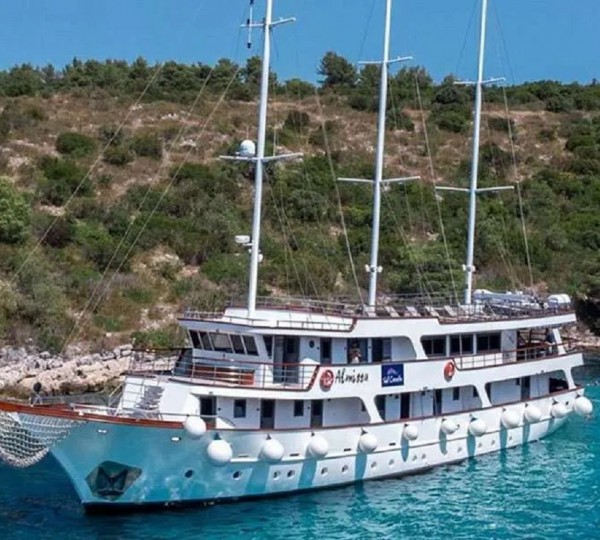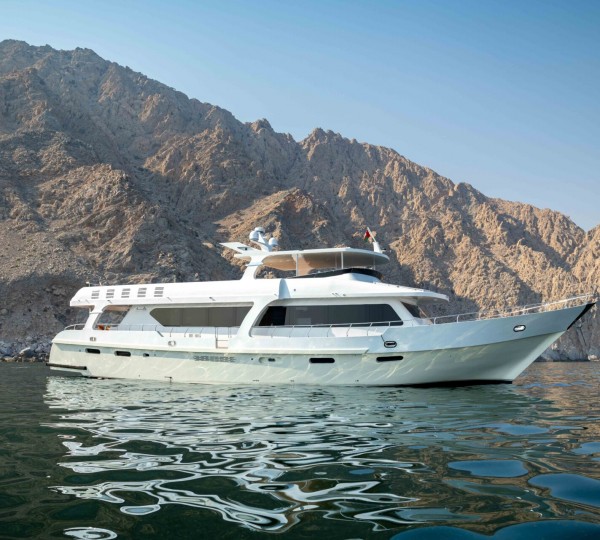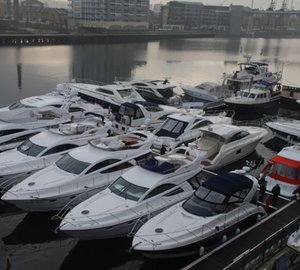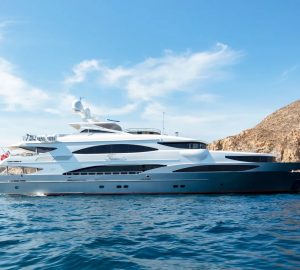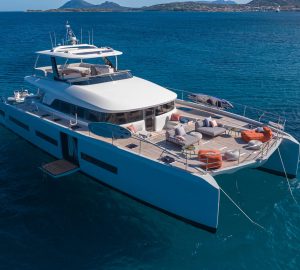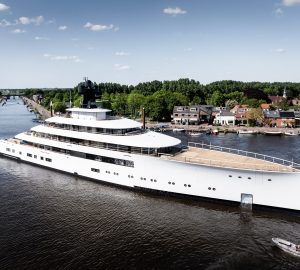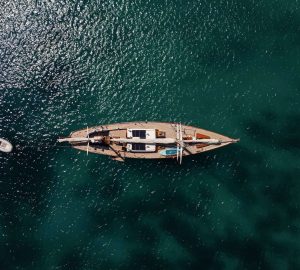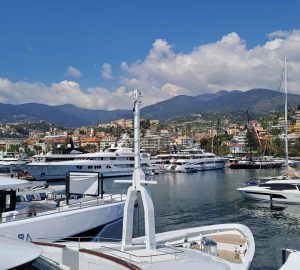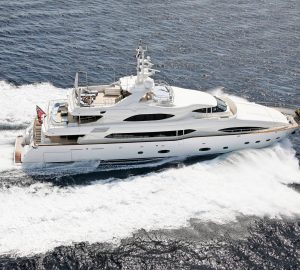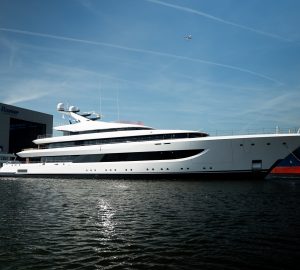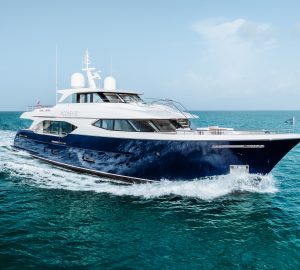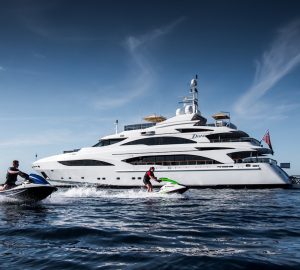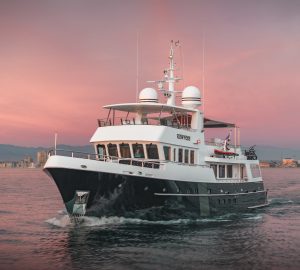The use and carriage of flares as distress signals at sea has changed as more robust and technologically advanced alternatives have developed. As a result the RYA has revised its advice to mariners regarding the carriage and use of flares in combination with more modern alerting methods such as EPIRB’s and VHF DSC.
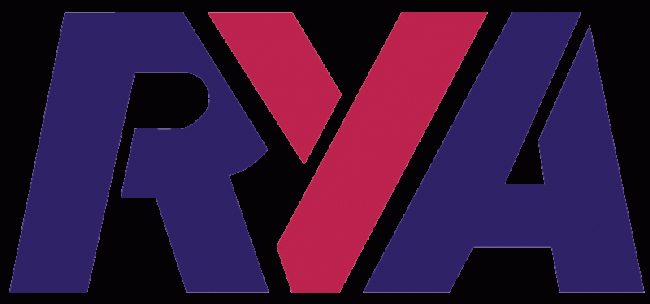 The new guidelines, for skippers of pleasure craft under 13.7m in length, provide information on the combinations of equipment you could consider carrying and using depending upon the type of your vessel and where you use it.
The new guidelines, for skippers of pleasure craft under 13.7m in length, provide information on the combinations of equipment you could consider carrying and using depending upon the type of your vessel and where you use it.
“We have revised our guidelines in light of advancements in technology for sending a distress alert at sea”, comment Stuart Carruthers, RYA Cruising Manager.
“Our revised guidance will allow boaters to make informed decisions about the types of equipment they choose to carry. We are not saying don’t carry flares, but combined with modern devices you might not need to carry as many as previously recommended. Think about what you want on board as you may prefer other methods for alerting attention.
“EPIRBs and VHF DSC are both reliable alternative alerting methods to the use of parachute flares to indicate distress, however the alternatives to flares for pinpointing vessels in need of assistance are less reliable, therefore flares remain the recommended means for location in the final mile for the time being”, concluded Stuart.
To support these revised recommendations from the RYA, the MCA has agreed to trial some of the new alternative equipment for location, such as laser flares, and are to review regulations for vessels over 13.7 metres and the carriage requirements set out in the small vessel codes.

